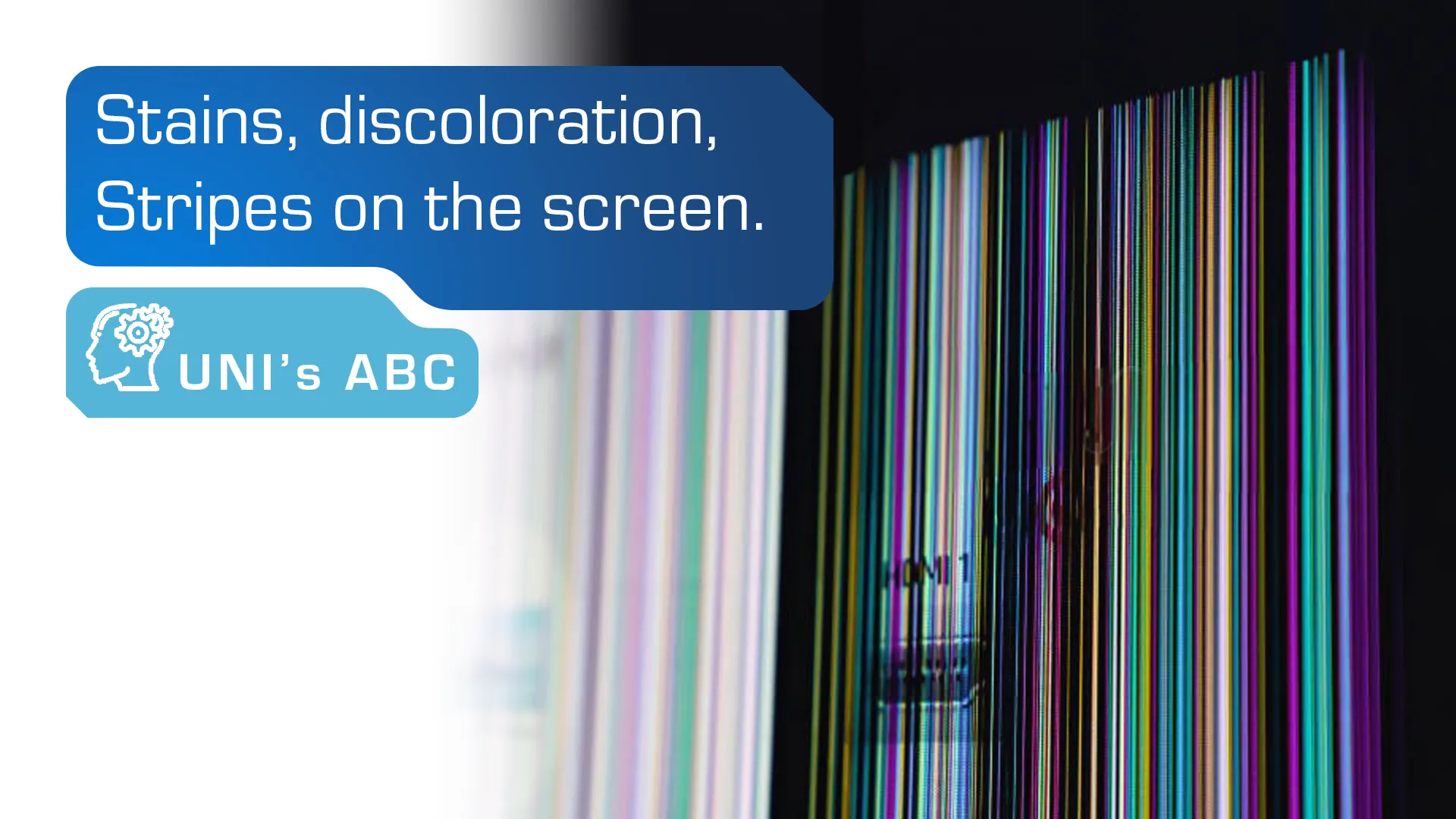
There are several technologies available on the market that are used in the production process of touchscreens. Devices with integrated touch-sensitive displays are already present everywhere, and their users can encounter potentially many different solutions daily. Modules used in, e.g., car navigations will differ from those installed in ATMs in terms of their operation, resistance to damage, light transmittance, and lifetime. So what characterizes the most popular touch technology today – capacitive screens (also known as CTP), used not only in smartphones and advanced displays?
Table of Contents
The basics and the division
To present the CTP touch technology thoroughly, it is necessary to understand the basics of its operation. The functioning of capacitive screens is based on the detection of disturbances in an electrostatic field caused by contact with electrically conductive objects – such as fingers or a stylus. By taking advantage of the conductivity of the human body or a dedicated object when touching the screen, we can change the electrostatic capacity between the electrodes by capacitive coupling. The touch panel’s controller will detect the change in the electrostatic field and its location.
Such screens can be divided into two more types: surface capacitive and projected capacitive.
Surface capacitive…
The first type of CTP touchscreen monitor is the surface capacitive one. One side of the screen is covered with a colorless conductive layer (e.g., indium tin oxide – ITO). The voltage-generating electrodes are present only in the four corners of the display. Thanks to the above-mentioned common conductive layer, it is possible to create a uniform electric potential over the entire surface of the screen. The effect of touching its other side is introducing a disturbance by changing the electrical capacity of the system. The position of the contact point can be determined by measuring the voltage changes at the four corners of the module independently.

Surface capacitive displays are inexpensive and simple to build – that’s why they are often used in larger, less complex devices. In such cases, a solution involving multiple electrodes distributed over the entire surface of the screen would be simply impractical and expensive. However, surface capacitive devices are less precise and may have difficulties with multi-touch support.
…and projected capacitive (P-CAP).
Projected capacitive displays are mainly used in smartphones and tablets – unlike their surface counterparts, they use many electrodes. The conductive layer, consisting of small electric wires spread over its entire surface, is located under the protective glass layer of the module. Changing the electrostatic capacity of the electrodes takes place by touching the glass with a finger or a stylus – the device detects precisely where the point of contact has occurred by analyzing the change in the electric field right next to the screen surface.
This solution makes it possible to install the panel behind a tempered protective glass which can be even several millimeters thick. At the same time, high accuracy of the image is maintained, and the display can also detect a touch in several places at the same time. However, this is a quite expensive solution in the case of larger panels. There is also the risk of errors related to the formation of high resistance – therefore, capacitive-projection screens are used primarily in smaller, more advanced devices.
Advantages and disadvantages of CTP touchscreens
Standard, resistive touch panels are suitable for small, simple applications that require detecting a single point of touch at a time. In turn, capacitive solutions allow for multi-point touch detection, high sensitivity, and precision in recognizing the position of the contact point, as well as increased resistance to damage and good screen visibility even in intense lighting conditions.
The disadvantages of CTP touch monitors may be the higher price than their resistive alternatives and the need to operate only with dedicated tools or bare fingers (or using gloves compatible with the capacitive touchscreens). These modules can also be somewhat problematic to use when they come into direct contact with water and dirt.
Example applications – not only smartphones
The first touchscreen with CTP technology was invented 10 years earlier than the resistant one. Capacitive solutions, however, gained popularity only in 2007, when Apple used them in the first iPhone model. Since then, this technology has become a standard not only in mobile applications.
Capacitive screens will prove themselves in applications where the final devices will be exposed to intensive use – such solutions are immensely resistant to mechanical damage and the effects of electromagnetic disturbances. It is also possible to additionally protect the display by using various types of surface treatments for cover glass. Publicly available kiosks, HMI operator panels, complex industrial interfaces are just a few examples of the use of such screens.
Do you want to know what solutions using CTP technology can be found in Unisystem’s offer? How can they prove themselves in your projects? Contact us.
2021-10-28
Recent Knowledge

Internet of things, what it is and examples of industrial applications
The Internet of Things (IoT) is one of the most promising and rapidly developing technologies of recent years. Its application in business brings great opportunities to optimize processes, reduce costs […]

Stains, discoloration, stripes on the screen – how to identify and repair defects in industrial displays?
The dark spot on the iPhone screen, the black spot on the TV, the colored spots on the phone screen, the yellow spot on the display … Problems with screens […]

Basic electronic components in industry – a guide for beginners
Electronics has played an extremely important role in all branches of modern industry for many years. It allows automation of production processes, precise control of machines and equipment, collection and […]

Optoelectronics – basic information and example applications
Optoelectronics is the branch of electronics that deals with the conversion of electricity into light and light into electricity using semiconductor materials called semiconductors. Semiconductors are crystalline solid materials with […]



